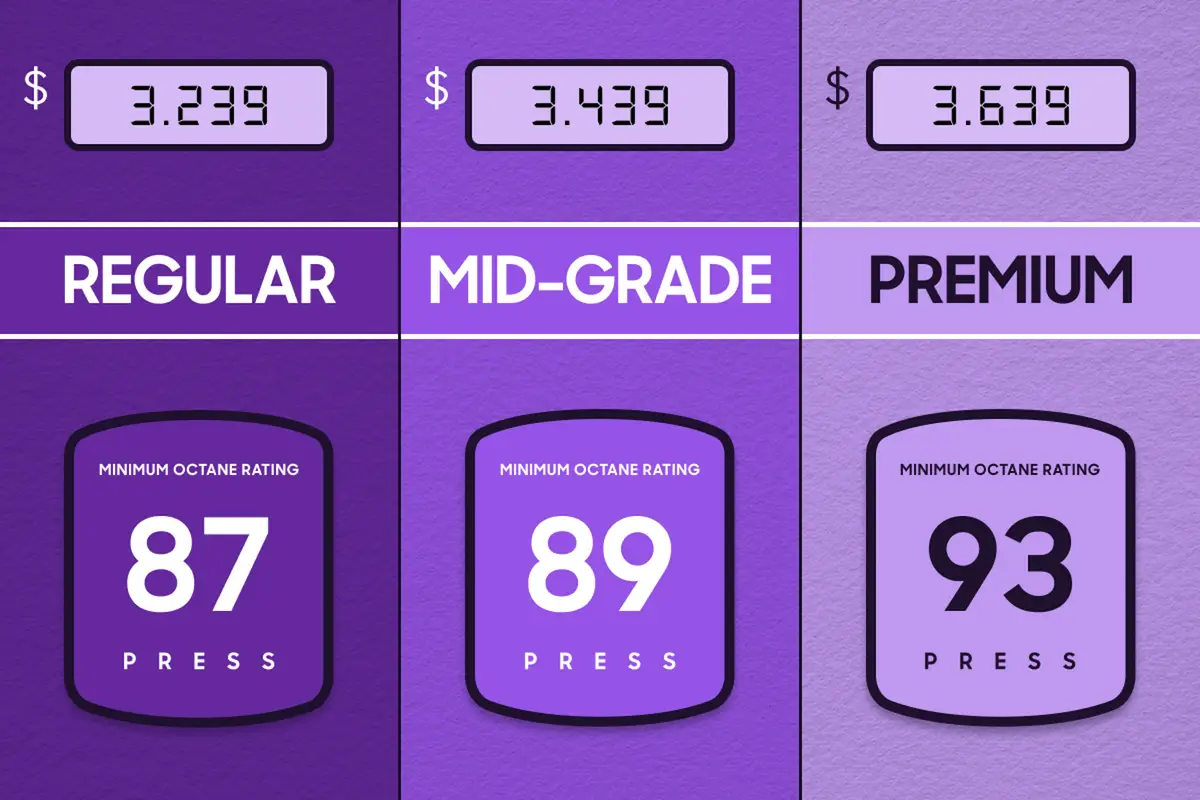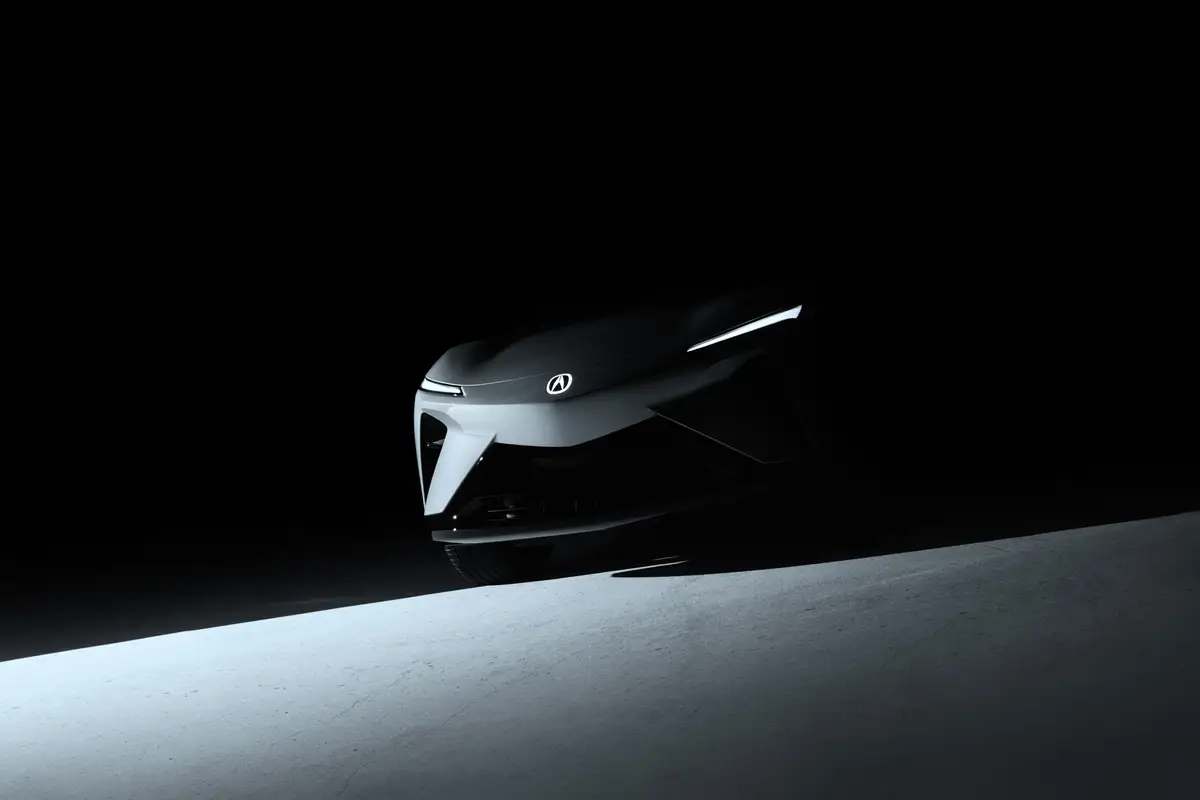chicagotribune.com's view
It took a while, but voting early and often and stuffing the suggestion box paid off.
Nissan has made the changes that consumers have been demanding almost from the day the Xterra sport-ute arrived in 1999.
With the 2005 Xterra, Nissan focused on resolving the most common owner complaints: The V-6 wasn’t very spirited unless supercharged, yet the suspension was too spirited for most who saddled up for highway travel.
So, Nissan not only dropped a 4-cylinder offering, it shelved the 3.3-liter V-6 that offered 160 horsepower naturally aspirated and 210 h.p. when supercharged and replaced it with the 4-liter, 265-h.p. V-6 from Frontier and Pathfinder.
Now Xterra responds with more muscle for those on-road journeys, and it can better handle the rigors of off-roading when it comes to climbing up, over or around obstructions.
The 4-liter delivers 284 foot-pounds of torque, a hefty jump from the 246 foot-pounds in the supercharged 3.3-liter.
Though the 4-liter responds quicker to pedal pressure, Nissan felt it necessary for the 4-liter to also respond better to the pressure from consumers to get better mileage.
The 16 m.p.g. city/21 m.p.g. highway rating is 1 m.p.g. better on the highway than the 16/20 in the 3.3-liter V-6, and 1 m.p.g. better in the city and 3 m.p.g. on the highway than the supercharged V-6.
The mileage rating doesn’t mean you can thumb your nose at $2 a gallon gas or qualify for membership in the Sierra Club, but you do save a little fuel while getting more energetic movement from the light.
Another change is that the 4-liter offers either a manual (6-speed) or automatic (5-speed), while the 3.3 V-6 offered 5 or 4 speeds, respectively.
The midsize Xterra is built off a modified version of the same platform as the full-size Titan pickup with a new boxed steel frame. Xterra is now better suited for off-roading, answering another request from owners.
We tested the Xterra SE with dial-up four-wheel-drive settings from 4WD high to low for those sometimes nasty off-road adventures. No transfer case to fiddle with.
The suspension has been tweaked to reduce road harshness, but it’s still a pickup platform so you have to expect a little bouncing at times over uneven pavement.
Xterra stands tall to better handle off-road obstacles. On the road, however, sitting so high in the saddle makes you feel that St. Pete will appear in the rearview mirror at any moment. Of course, that’s better than who you’d see if sitting too low.
Despite the high center of gravity, Xterra didn’t feel wobbly. Had engineers added a couple more inches to the width, we would have felt more secure, however.
Despite offering speed-sensitive power steering, Xterra weighs in at about 4,200 pounds (about the same as a Chevrolet Silverado pickup). You feel the weight in the steering wheel and common sense dictated backing off the pedal in sharp turns and corners. Even then, we could at times hear a muffled squealing as the standard, wide-profile, 17-inch treads scrubbed against the pavement.
Xterra is offered in S, SE or Off Road versions with two- or four-wheel-drive.
Nissan sets Off Road versions apart with 17-inch radials and specially tuned shocks designed for rugged travel; Hill Start Assist to keep the vehicle from rolling backward when starting up a hill; Hill Descent Control to keep from rolling forward too fast when coming down the hill; and no running boards to get in the way when off-roading.
Those who want the off-road look without the added cost of 4WD can get the package on 2WD models.
We tested the SE with 4WD, which offers vehicle stability control and traction control as well as four-wheel anti-lock brakes as standard. Stability control uses sensors to activate the ABS, reduce the throttle or both to keep you from slipping or sliding in lateral moves such as cornering or turns.
A couple other changes made in response to owner gripes were integrating a roof air dam with the roof gear basket to keep wind noise from filtering into the cabin, adding a latchable lid on the basket so you don’t have to tie things down to keep them from blowing out and adding a step on each side of the rear bumper to provide access to the massive roof rack. Even with the steps, loading the roof rack requires a balancing act, but it’s better than carting a stool or ladder around.
Xterra’s cabin is 2.4-inches wider and about a half-inch taller for more comfort. It’s also built on a 2-inch longer wheelbase and the wheels have been pushed out to the corners to improve ride and handling. Had the entire vehicle been widened another couples inches Xterra probably would feel more secure on the road – and offer even more cabin room.
Jeff Ceccacci, product planner for Xterra, said Nissan didn’t make many dramatic changes in styling because youth liked the rugged image, especially the massive plastic cladding upfront.
But to better complement the bold front end, fender bulges were enlarged for a brawnier appearance, he said.
Other touches added were a larger center console as well as a dual-deck glove box for more storage; split, fold-flat second-row seat backs and fold-flat front passenger seat back to make space for kayaks or ladders; first-aid kit housed in the bulge in the rear hatchlid; and stowage compartments built into the cargo walls, including one designed to hold a gallon container of window-washer fluid for off-roaders or milk for the domesticated.
Also, the rear cargo hold is finished in washable plastic; the rear cargo floor comes with a set of tracks with tie-down hooks to secure whatever you carry; and the floor rises to expose a storage compartment.
Besides the heaviness in the steering wheel and the truck-like ride and handling, there is another gripe: seat-belt noise. Open the passenger window with no one in the seat and the breeze rattles the passenger side belt hanging along the wall.
Among the options are side-curtain air bags with rollover sensors to keep them deployed longer if you tip. Recent studies show curtains dramatically reduce the chance of injury or death, which makes this option ($700 teamed with front seat side-impact air bags) a must.
The 4WD SE tested starts at $27,300 and comes with power windows, door locks and outside mirrors; air conditioning; a Rockford Gosgate audio system with six-disc in-dash changer and MP3 capability; tubular step rails; four power outlets; and rear window washer/wiper/defroster.
Strictly personal: Birthday greetings and get well wishes to granddaughter Taylor Brae, who is celebrating No. 5 with wrist in cast after learning the hard way that nothing stops a scooter faster than gravel.
– – –
TEST DRIVE
2005 Nissan Xterra SE 4X4
Wheelbase: 106.3 inches
Length: 178.7 inches
Engine: 4-liter, 265-h.p. V-6
Transmission: 5-speed automatic
Fuel economy: 16 m.p.g. city/21 m.p.g. highway
Base price: $27,300
Price as tested: $28,730. Includes $700 for air-bag package with side-impact bags upfront and side-curtain bags with rollover sensors front and rear; $100 for bodyside moldings; $150 for protection package with all-season floor mats, emergency road kit with flares and road triangle and wheel locks; $50 for cabin microfilter for air conditioning; and $430 for towing package with hitch receiver/ball mount and wiring harness. Add $580 for freight.
Pluses: Bold, rugged styling. Larger dimensions for improved cabin comfort. Two-inch longer wheelbase for better ride and handling. Replaces 3.3-liter, 180-h.p. V-6 with 4-liter V-6 and still picks up 1 mile per gallon on the highway. Air dam integrated into roof gear basket to reduce wind noise, and basket now comes with closing lid. Rear bumper steps added for luggage-rack access. Washable cargo hold. Dynamic stability control, traction control and anti-lock brakes standard.
Minuses: Front passenger belts noisy when window open and no one in seat. Feel lots of weight in the wheel. Truck-like ride and handling.
—–
Read Jim Mateja Sunday in Transportation and Wednesday and Friday in Business. Hear him on WBBM Newsradio 780 at 6:22 p.m. Wednesdays and 11:22 a.m. Sundays.
jmateja@tribune.com
Latest news

If Premium Gas Is Recommended for My Car, Will Using Regular Void the Warranty, Ruin the Engine?


